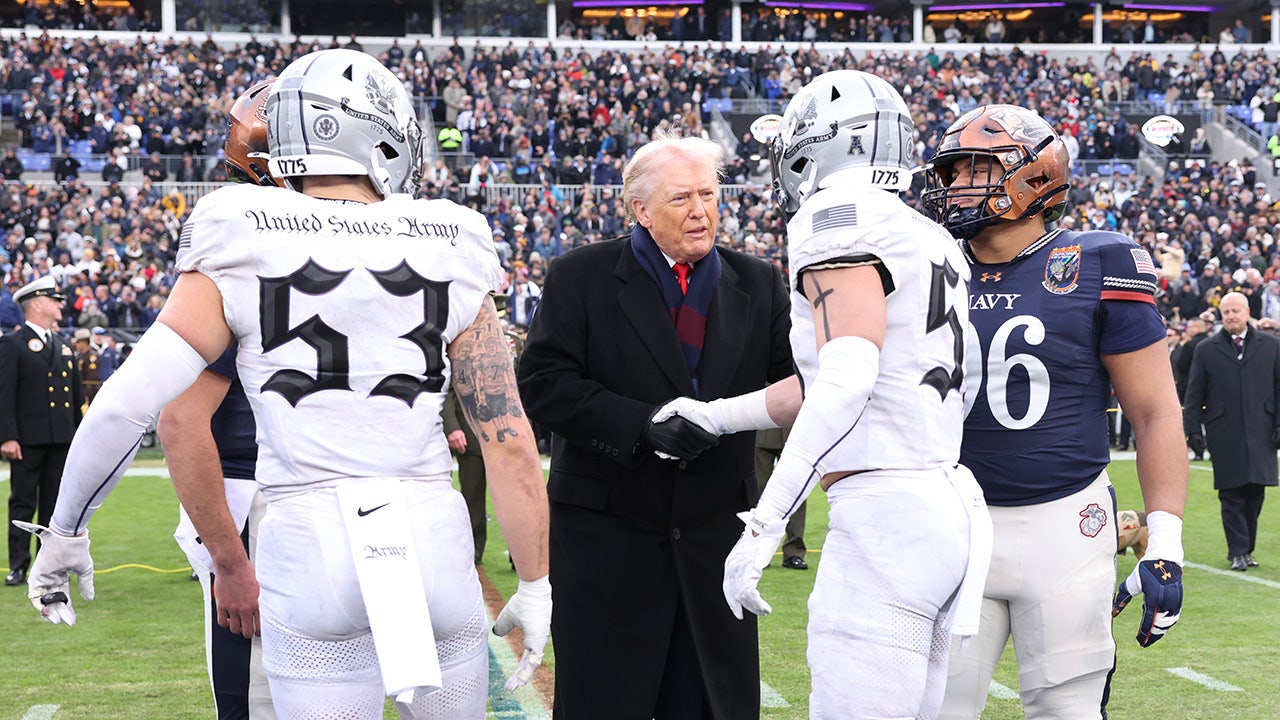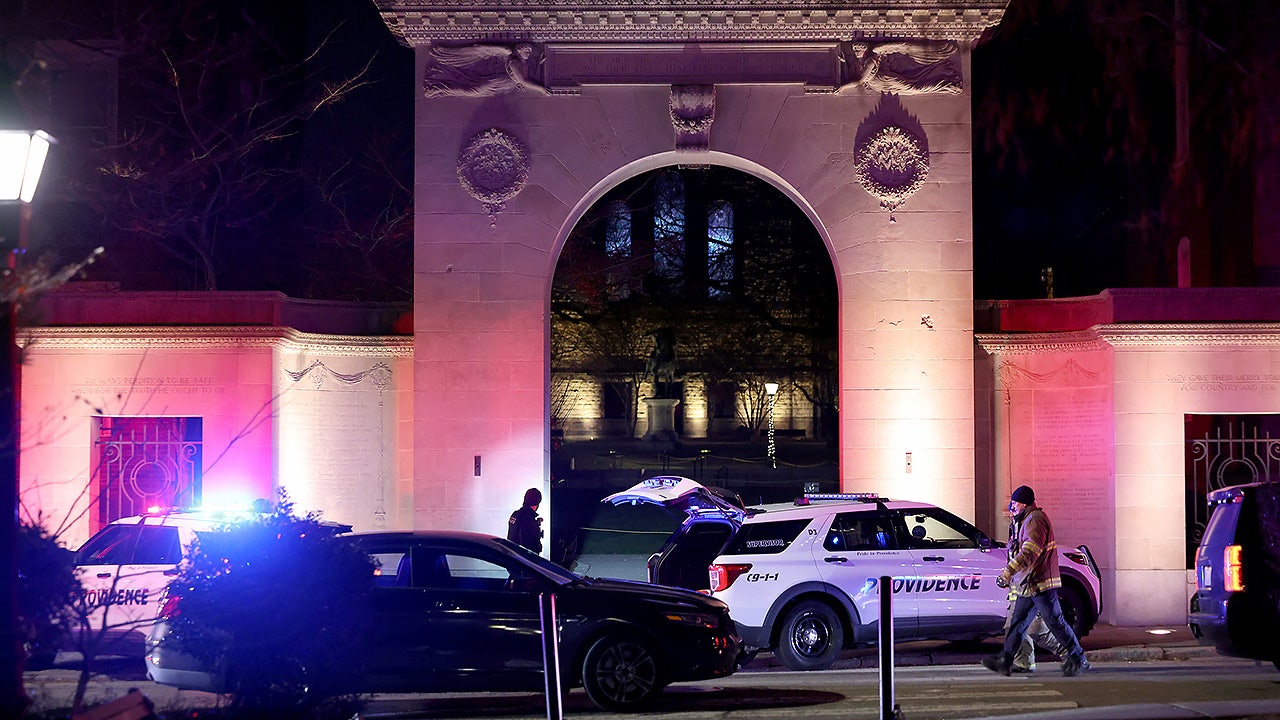According to a new study, the answer is… maybe.
Researchers at Georgia State University, New York University, and the New Jersey Institute of Technology have released a new study that looked at gun buying trends from 2012 to 202; media coverage of gun laws, gun control, violent crime, and mass shootings, and tweets from advocacy groups on both sides of the gun control debate to see if media has any influence on gun purchases.
Their findings?
Our results indicate that the Twitter activity of antiregulation advocacy groups directly drives firearm acquisitions. We also find that media coverage of firearm laws and regulations and media coverage of violent crimes influence firearm acquisition. Although media coverage of mass shootings and online activity of proregulation organizations are potential drivers of firearm acquisition, in the short term, only the lobbying efforts of antiregulation organizations on social media and specific media coverage appear to influence individuals’ decisions to purchase firearms.
Honestly, I’m not sure how the researchers believe they can quantify the impact of a tweet by the NRA (or @BearingArms, which as one of the “antiregulation advocacy groups” the researchers looked at) versus Everytown, but they claim to be able to parse out the influence each side’s social media has.
Of course, they also claim this:
… our results did not support the notion that proregulation organizations capitalize on the occurrence of mass shooting events or violent crimes to promote their agenda.
They’re not looking hard enough, or maybe not in the right places. I’ve noticed that the social media of groups like Everytown and Giffords may not react to a high-profile incident involving a firearm, but individual activists like Kris Brown and Shannon Watts are still quick to use a particular incident or tragedy to promote gun control; usually vague calls to action instead of specific policies, but promoting it all the same.
The big reason I’m skeptical of the study, though, can be found in the authors’ conclusions.
Regarding the drivers of firearm acquisition, while media coverage of violent crimes and firearm regulations may influence citizens’ choice to purchase a weapon, the activity of relevant interest groups also has direct implications on making this decision. Since candidate firearm owners are likely to subscribe to antiregulation channels, these organizations directly influence firearm acquisition, not proregulation organizations. With the understanding that media coverage of violent crime may drive firearm acquisition, as well as the activity of antiregulation organizations, legislators and policymakers are advised to target those aspects of the network to discourage firearm acquisition without limiting Americans’ right to bear arms. For example, media literacy initiatives could help people engage with emotionally charged news about violent crime critically, possibly reducing impulsive firearm purchases that are driven by fear. Further, given their ubiquity and importance, social media platforms could implement transparency measures regarding political advocacy campaigns, ensuring that content published by advocacy groups that is not based on sound scientific evidence is not disproportionately amplified through algorithmic biases. Finally, community-based violence prevention programs can provide alternative pathways to reduce violence and related crime. These targeted interventions could address key drivers of firearm acquisition while maintaining a balanced approach that respects constitutional rights.
I don’t know about you, but if someone is actively discouraging the exercise of a civil right, I don’t consider that a “balanced” approach. The main reason to want legislators and policymakers to adopt strategies that will discourage firearm acquisition is believing people are better off not acquiring a firearm. And if that’s the point of view of the researchers, I’m at least open to the possibility that they would want to downplay any positive correlation between the social media of anti-gun activists and gun purchases.
Maybe they’re right, though. Perhaps the anti-gunners online interactions don’t have any impact on gun sales at all, either positive or negative, because they don’t have much of an impact in general. Everytown, for instance, has more than 220,000 followers on X, but most of their posts only generate a couple dozen retweets and comments in response. I’m not sure what would be worse for the anti-gunners; people buying guns as a pushback to their fearmongering, or people mostly ignoring what they have to say.
It wouldn’t surprise me if media (both social and broadcast/print/online) play a role in some folks’ decision to buy a gun. And it doesn’t surprise me that researchers looking into this topic would be unhappy with any increase in gun sales in response to a high-profile crime or the threat of new gun control laws. For those of us who believe that exercising our right to keep and bear arms is a good thing, however, this “study” serves to reaffirm what we’ve suspected about anti-gun academia rather than break any new ground.
Editor’s Note: The anti-gun Left continues to deflect, gaslight, spin, and lie about President Trump, his administration, and gun owners.
Help us continue to expose their left-wing bias by reading news you can trust. Join Bearing Arms VIP and use promo code FIGHT to get 60% off your membership.
Read the full article here







![Duffy Threatens Funding Cut After Over Half Found Illegally Issued [WATCH] Duffy Threatens Funding Cut After Over Half Found Illegally Issued [WATCH]](https://www.lifezette.com/wp-content/uploads/2025/12/2025.12.03-10.41-lifezette-693013e704f68.jpg)




